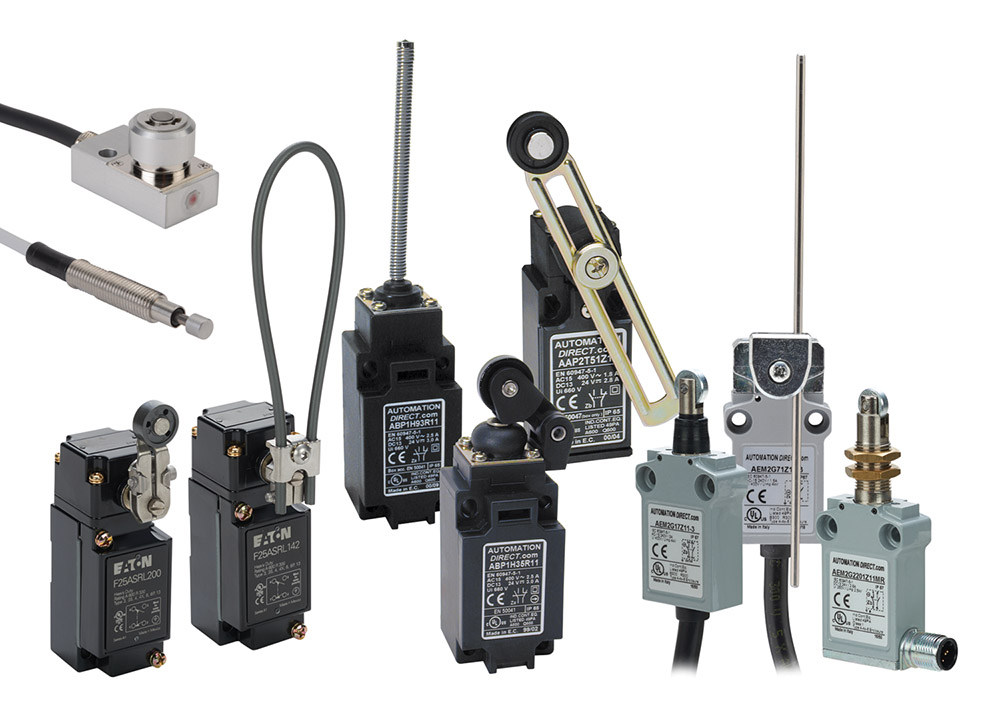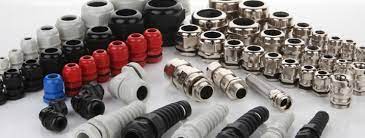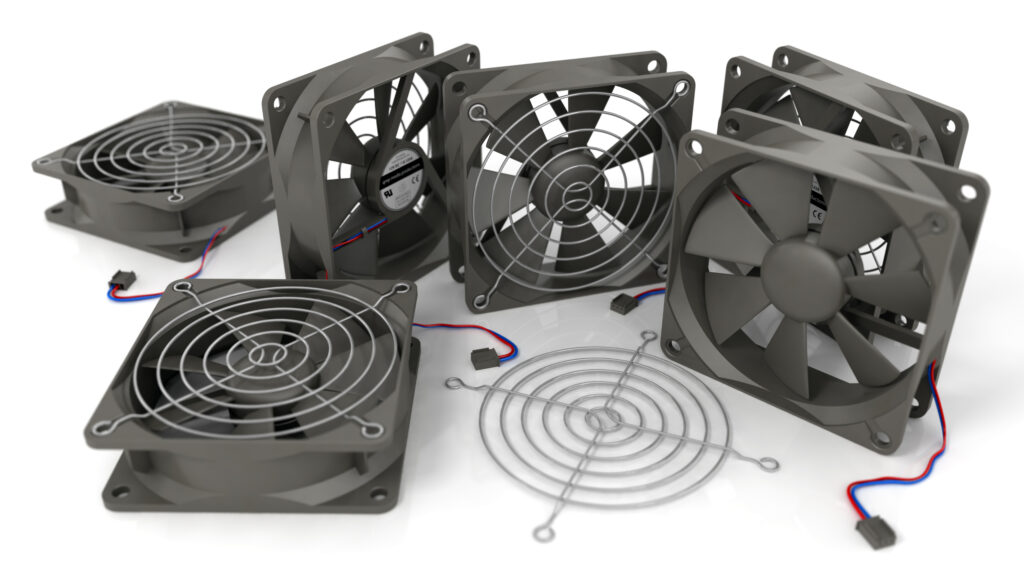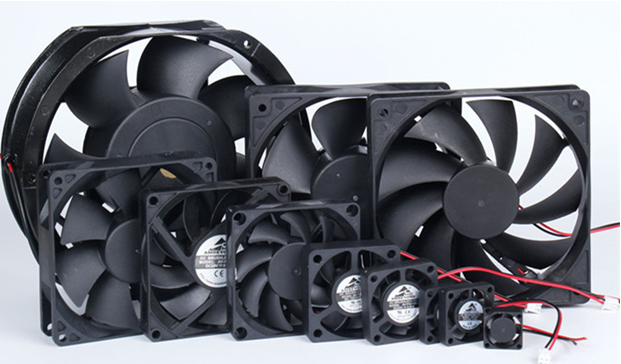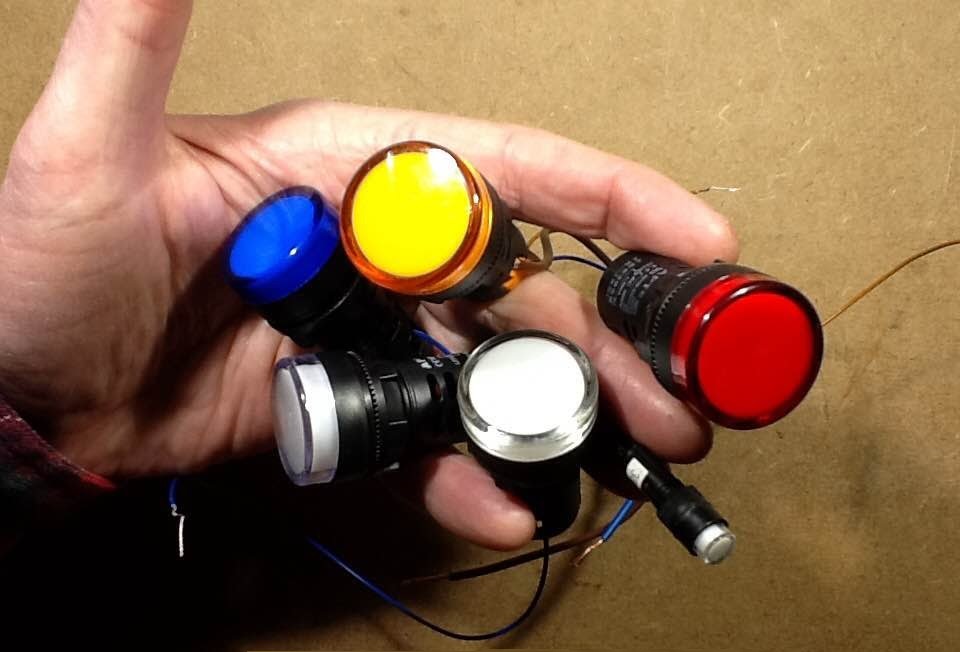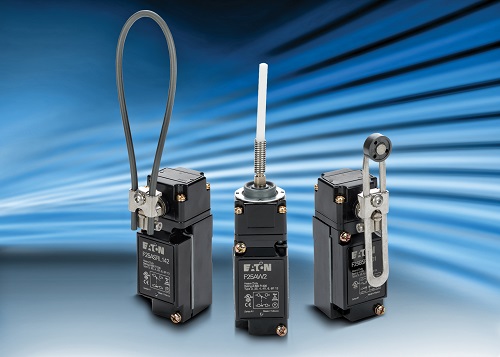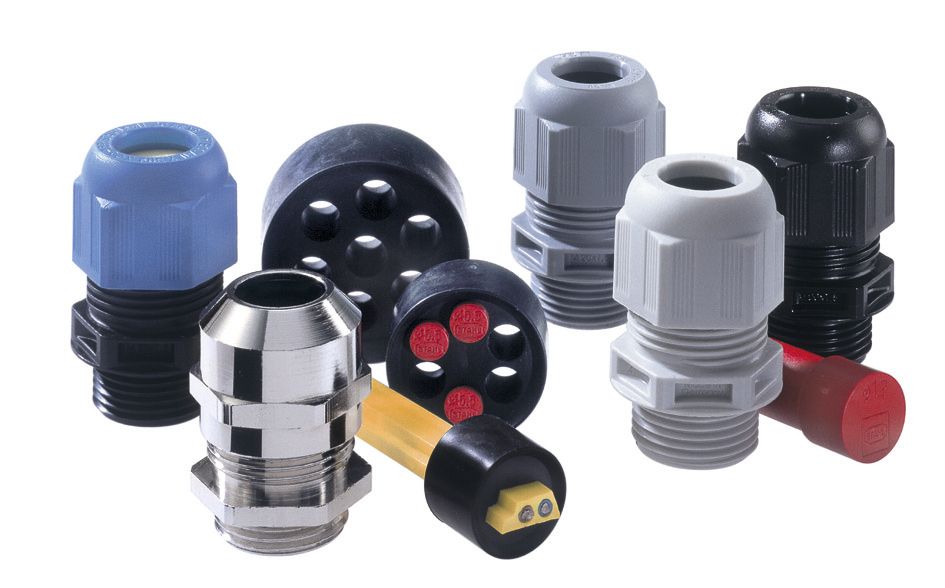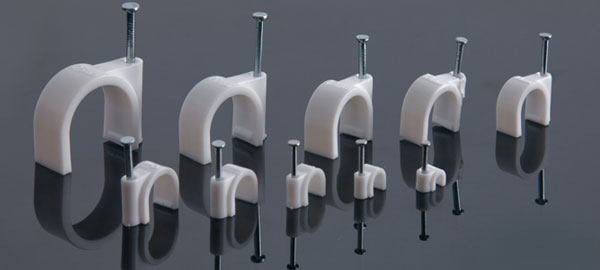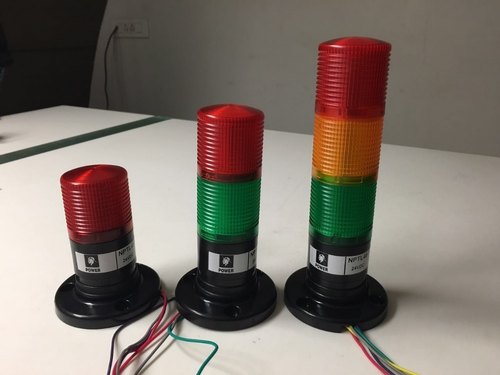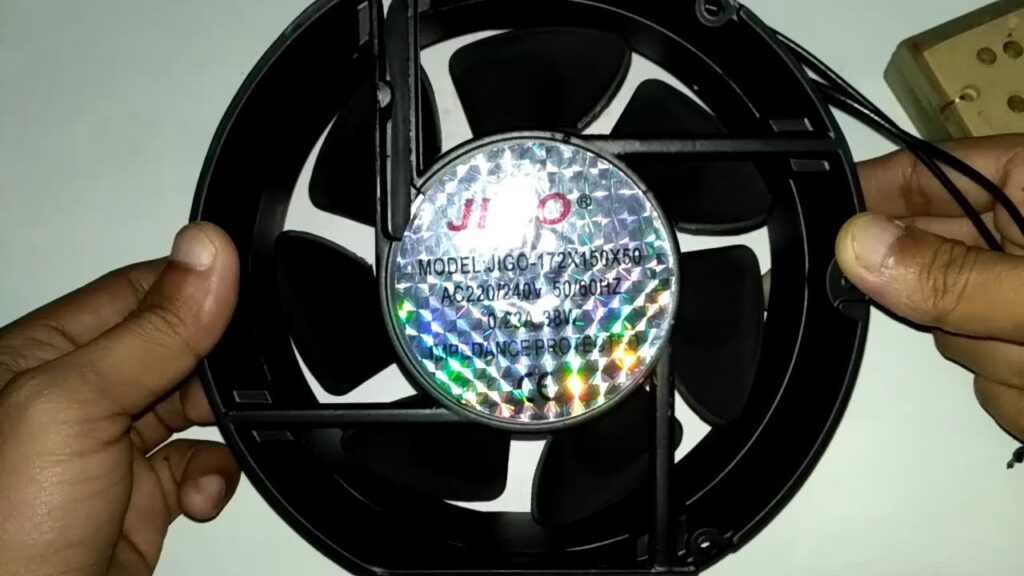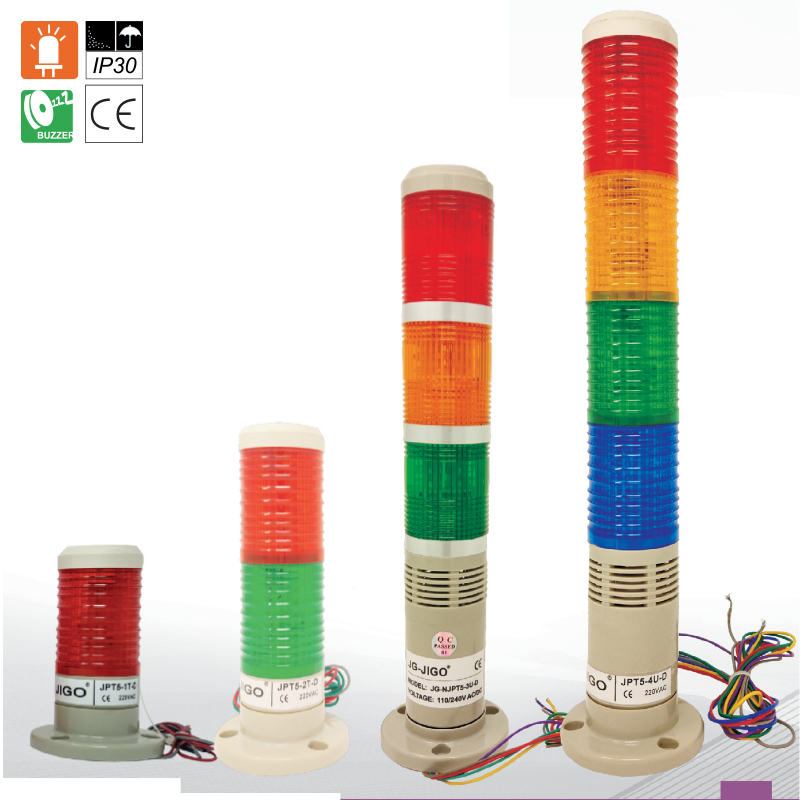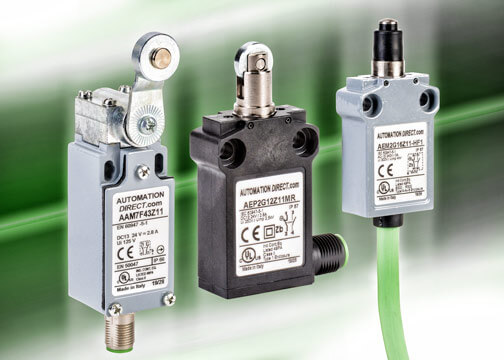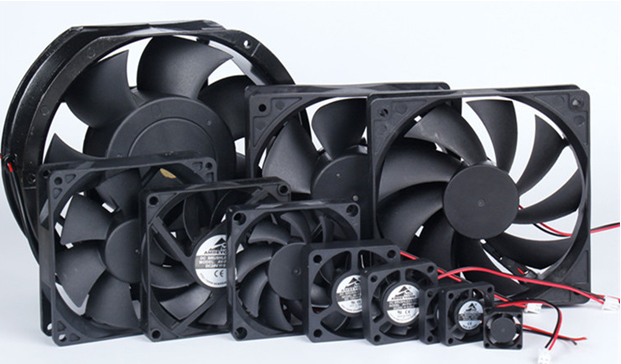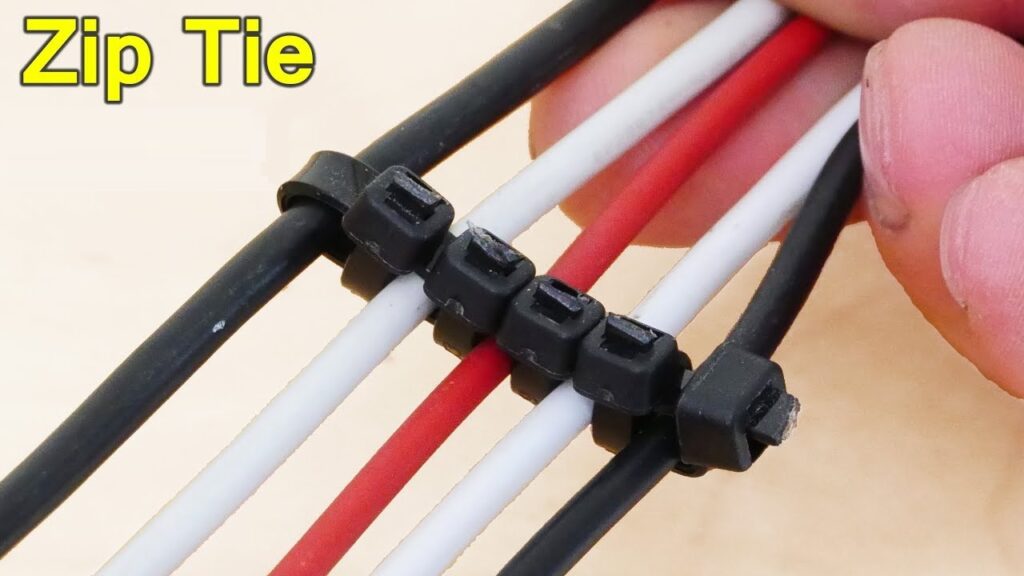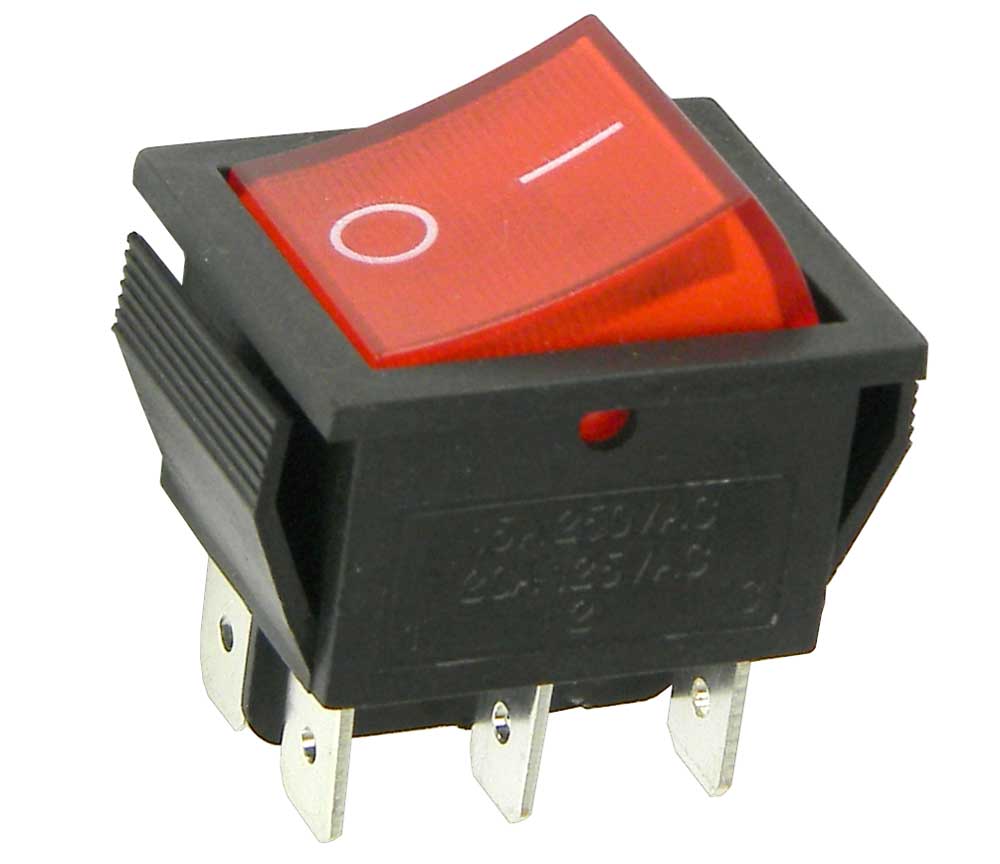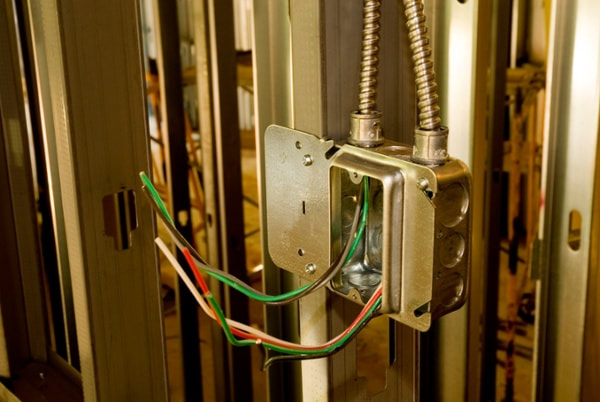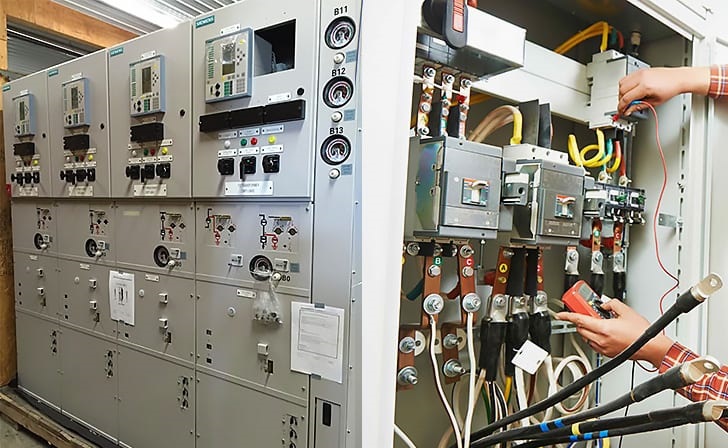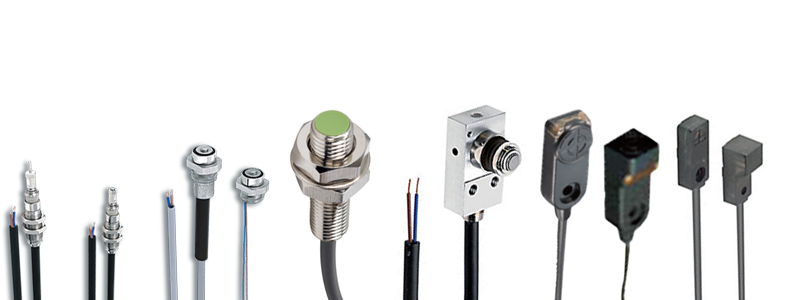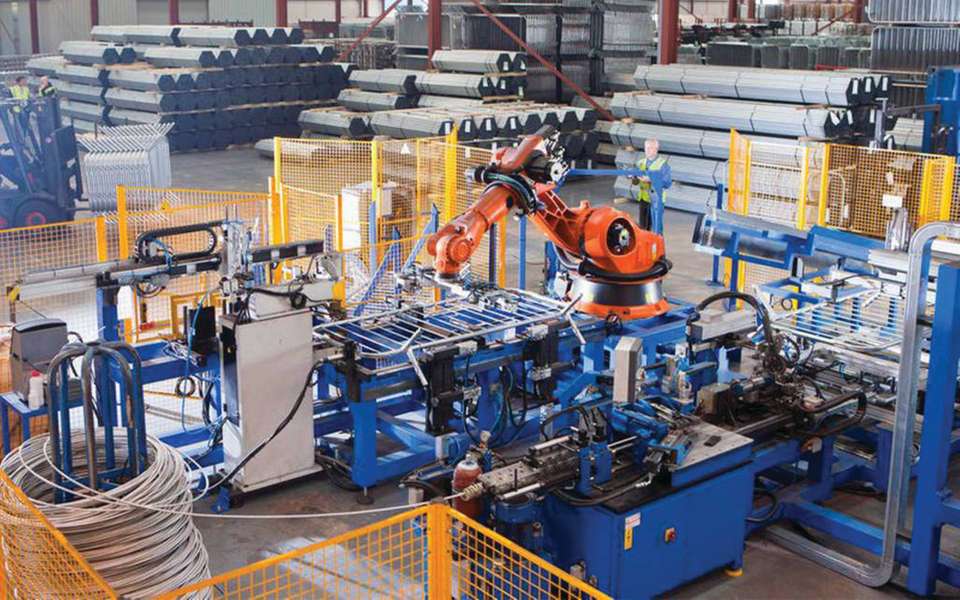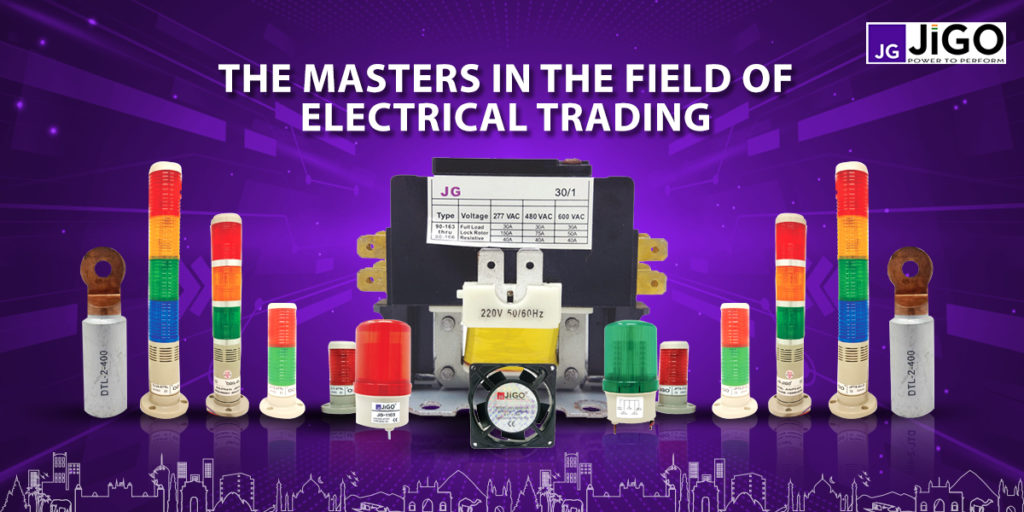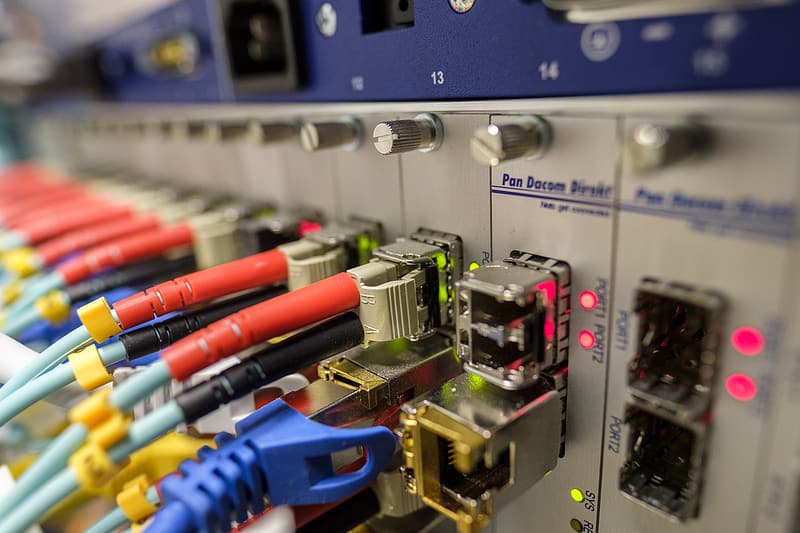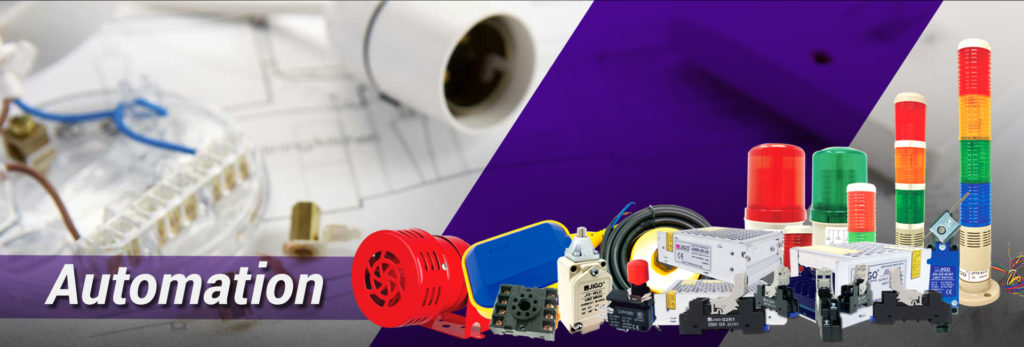
Manufacturer Nylon Cable Ties, Cable Nail Clips, Float Switches & other Cable & Panel Accessories

Manufacturer Nylon Cable Ties, Cable Nail Clips, Float Switches & other Cable & Panel Accessories
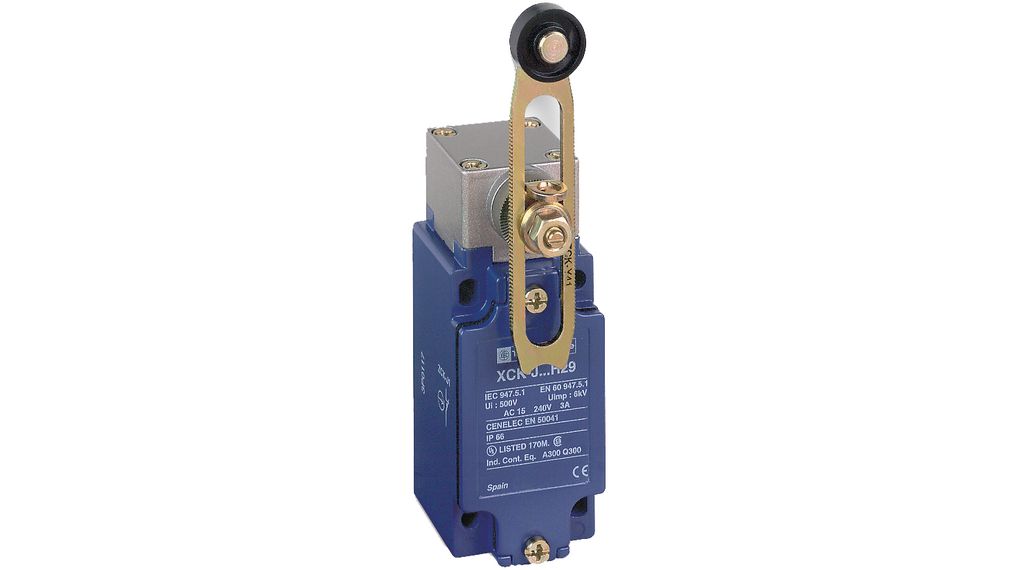
We encounter a limit switch every day in our lives. Can you guess how? As children, we’ve often peered through the refrigerator door to watch the light go out as we closed it. But have you ever wondered what caused it to be this way? Enter the Limit Switch.
To understand what it is, think of a limit switch as the electrical equivalent of a toilet float. As the water in the tank fills, the float rises, and at a certain point, it is high enough to stop the flow of water.
Do not worry if it has not made sense to you yet. In this article, we will discuss Telemacanique limit switches at length and in-depth.
Let’s begin already.
They are industrial electromechanical devices that are used to detect or sense the absence or presence, speed, travel limit, positioning, or the endpoint of an object in industrial applications.
It is equipped with a lever, knob, and plunger to make the detection. As soon as an object comes in contact with the limit switch, the sensor mechanically dislocates the actuator and makes or breaks an electrical connection.
You May Like: Limit Switch – Everything You Need To Know About The Device
Several advantages are inherent to them. Among them are:
Usually, they are utilized to control machinery functions or for emergency purposes such as initiating, stopping, slowing, or accelerating operations.
Dump trucks use limit switches with button actuators to detect when a pallet is fully down. The switch closes when the button is pressed, notifying the driver (via a light or alarm) that it is safe to drive.
Assembly lines also employ them. Telemecanique limit switches can detect when a predetermined number of components has been added to a product and triggers the actuator to move the equipment away, which in turn shifts the product to the next station.
Interestingly, even automatic garage doors have limit switches.
Deactivating the engine prevents it from crashing into the lifting mechanism when a motor lifts the door or slamming into the bottom rail.
Final Words
Thanks to this comprehensive overview, you should have a better understanding of Telemecanique Limit Switches.
Feel free to share the wisdom with anyone who might benefit from this blog.








